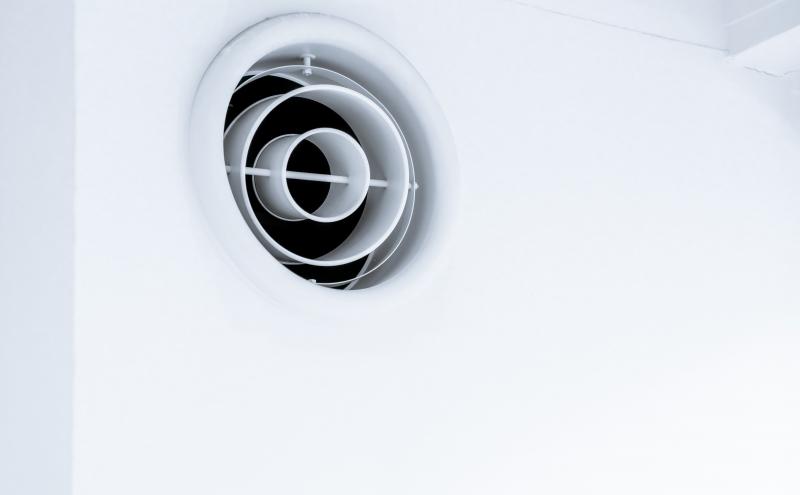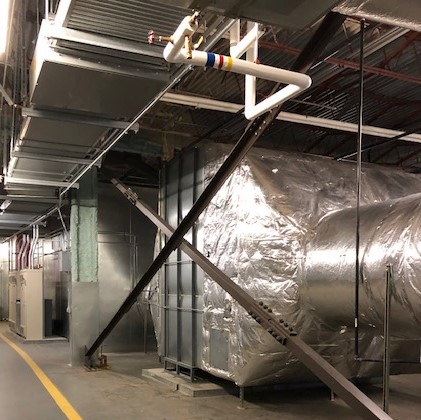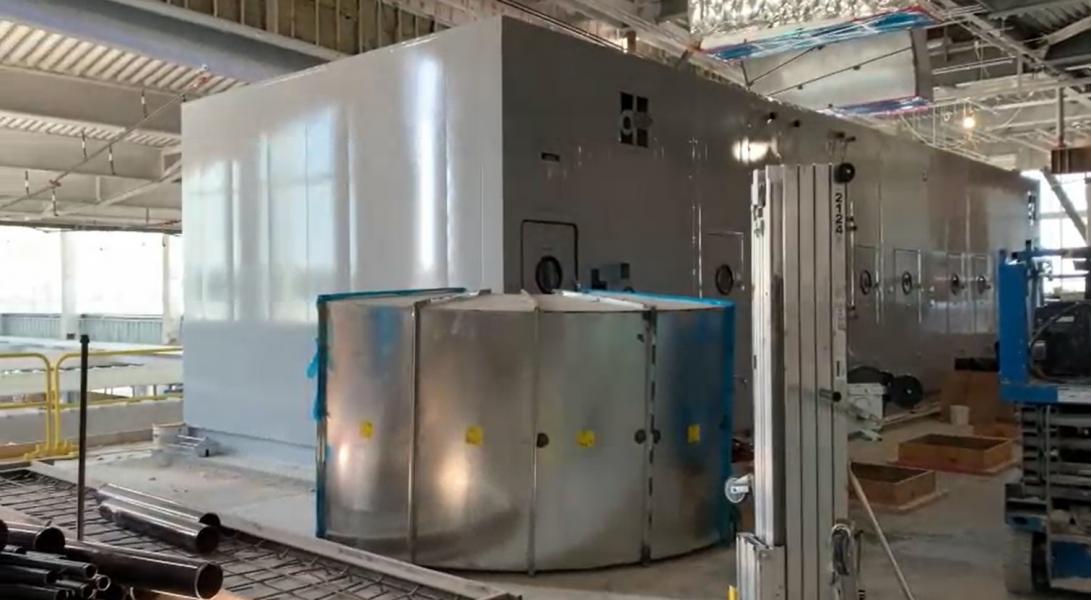
When you return to Seattle-Tacoma International Airport (SEA), you will notice visible and changes to protect your health: passengers and staff wearing masks, floor markings for physical distancing, plastic barriers, and heightened disinfection protocols. But you won’t see one of the most important, but least obvious elements that’s part of FlyHealthy@SEA, the health and safety initiative.
Before the rise of COVID-19, SEA Airport already planned and installed a robust air ventilation and filtration systems in the heating, ventilation, and air conditioning system (HVAC) designed to combat airborne transmission of a virus.
The HVAC system constantly circulates fresh, outdoor air through the terminal. It's designed to follow the Centers for Disease Control and Prevention (CDC) recommendations for dilution, containment, and filtration of the terminal with significantly higher volumes of outside air. The HVAC pressurizes the terminal by bringing in more outside air to continuously dilute contaminants and keep odors outside. And at the same time, it is an energy efficient system.

Better yet, the air filtration system at SEA exceeds the industry guidelines for aerosolized viruses. MERV filter values range from one to 16, and the higher the value, the more effective the filter in trapping airborne particles. The American Society of Heating, Refrigeration, and Air Conditioning Engineers (ASHRAE) recommends MERV 13 Filtration to remove aerosolized viruses. SEA Airport’s system exceeds those standards by using MERV 14 filters, which capture 90 percent of COVID-19 sized particles. MERV 14 filters are hypoallergenic and antimicrobial to improve indoor air quality.

The HVAC system installed in the North Satellite Modernization Project is a prime example. The new 80-foot-high interior open space in the center of the phase two renovation will be a dramatic space for travelers to enjoy. Behind the scenes, there are five huge Air Handing Units working together with four to six-foot-tall duct work throughout the building that will refresh the air up to 20 times per hour, which is every five minutes! Large spaces on either side of the facility, called plenums, will allow intake and outflow of air through the building.

We hope you breathe a sigh of relief knowing that the air inside SEA Airport is fresh and clean. It’s one of the many ways of we’re protecting your health and well-being before you get into the air and get on your way.






